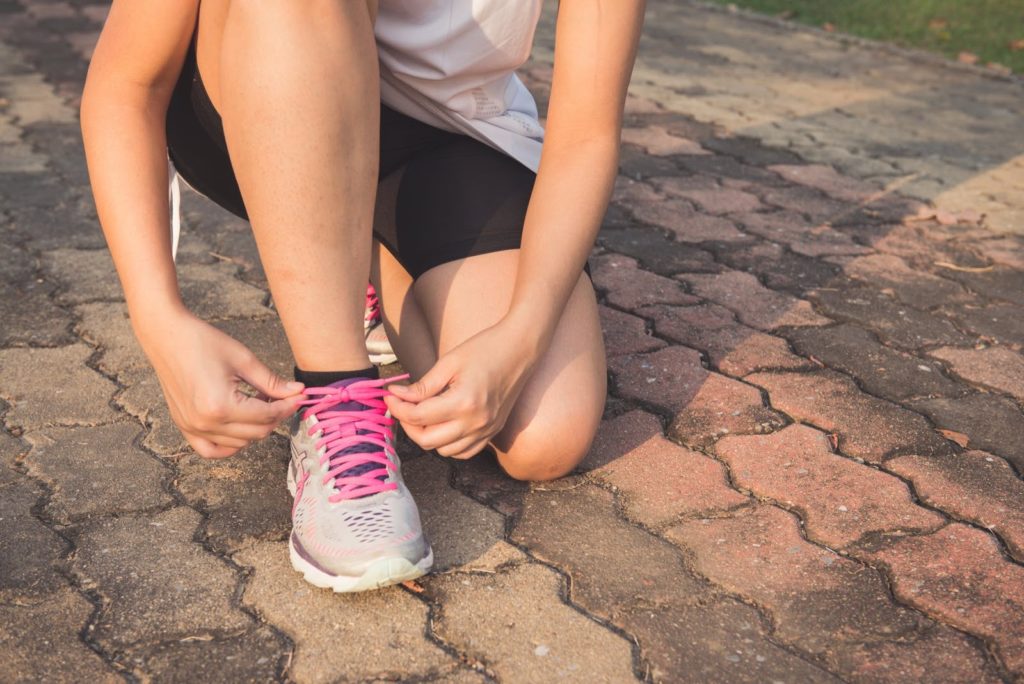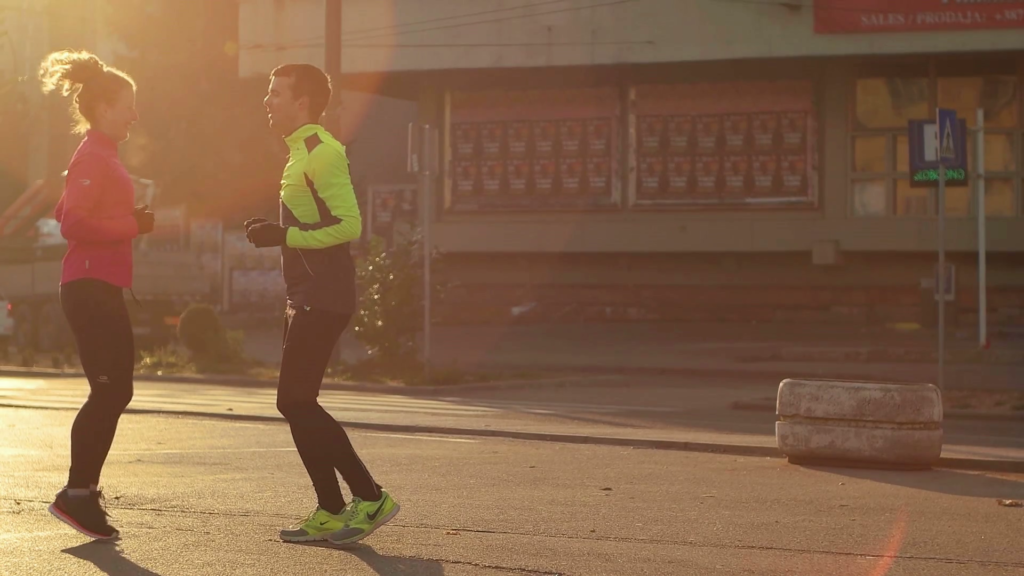HOW TO WARM UP BEFORE A RUN

Whether you are brand new to running, or are a seasoned runner, you’ve noticed how much physical effort and energy is required to get out there and run. You can minimize some of that discomfort during your initial run if you warm up first. Plus, you’ll experience other benefits from warming up as well.
In this article, we’ll go in-depth about how important warming up is, how much warm-up time you need, and several different ways you can warm-up. This will help you no matter your running level.
WHY IS IT IMPORTANT TO WARM UP?
The number one reason for warming up before you run is to avoid injury. It might be hard for some people to take the time to warm up first; after all, it does add time to your routine, and some runners just want to get their run started.
Running without warming up, however, puts you at higher risk for pulled muscles, strained tendons, or even a tweaked ankle. Plus, the warm-up gives your mind time to get in the mental state of running and performing at the level you want for your run.
Warming your muscles up gradually will help get the blood flowing and your body temperature up. As your muscles warm up, they begin to prepare themselves to perform at higher levels of exertion. This also improves heart function..

An additional benefit to warming up is improved performance. With your body revved up and ready to go, it’s going to perform at its best, giving your body less muscle fatigue, improved endurance, and better running form because your muscles won’t feel strained.
HOW LONG SHOULD YOU WARM UP?
There are several different opinions on how long you should warm up before you run. Everybody is different, and what works for one runner might not always work for another. There’s no exact time, but I’ll go over some good guidelines on how long you should warm up.
Personally, I feel pretty ready for my core workout after about a 5-10 minute warm-up. But one of my good friends prefers at least a 15-minute warm-up. On top of what you feel your body needs, you may also have to consider how much time you have available to devote to your warm-up.
In general, however, you will want your warm up to be at least 5 minutes in length, bare minimum. Most runners won’t need longer than 15-20 minutes to warm up before they can give their full effort to their run. You’ll want to test out some different time lengths to determine how long you need before you feel your body is ready.

Some days, you might need more time to warm up than you do on other days. I’ve also noticed that the time of day can affect how much of a warm-up my body needs. One other factor might also be how much recovery you need from any other recent workouts. For example, it can take longer to warm up if you are sore from recent strength training.
WHAT IS A GOOD WARM-UP ROUTINE?
There are many warm-up options. I’ll go over a few different routines and things you can do so that you can find one you like or that works in the time you have. The idea behind most routines is to just mimic the same movements you would do during your run, but at a much lighter intensity.
WALK-TO-JOG WARM-UP
First, the tried and true warm-up is to start out with a walk. Walking is nearly the same movement as running, only with a lot less effort and smaller movements. This is a low impact way to get the blood flowing and to wake up those muscles.
Give yourself a good 3 to 5 minutes of walking, but make sure this is at a fast enough pace to really warm up your body. I’m not talking about the walk pace you do when strolling through the mall or shopping at the grocery store. You need to be moving faster than that, at least 3.5 mph if you’re on a treadmill.

Once you feel the blood flowing through your legs and core, you are ready to increase that walk into a slow jog. This is going to be a jog that takes very little effort, so it’s not yet your running speed. Give yourself another 3 to 5 minutes at this pace to really get set for a good run.
If you only have about 10 minutes for your warm up, this is going to be a good basic routine to get you moving. Go by feel: increase or decrease the length of your warm-up based on how you are feeling that day.
If you have more time, and you really want to give your body a better warm up, you can add on this next set of exercises after you’ve done a walk or jog. You can pick and choose among these to make sure your body is definitely warmed up.
